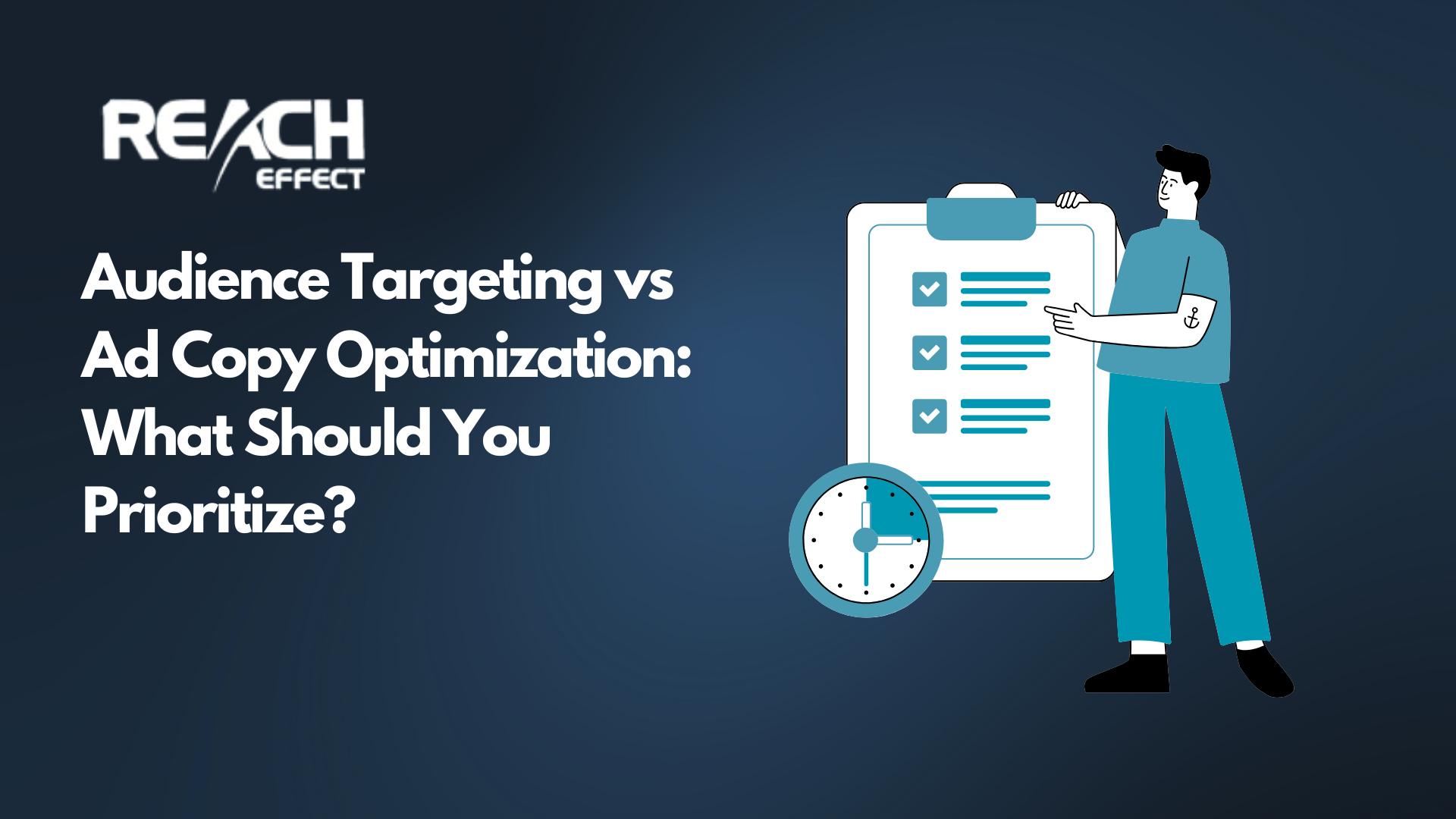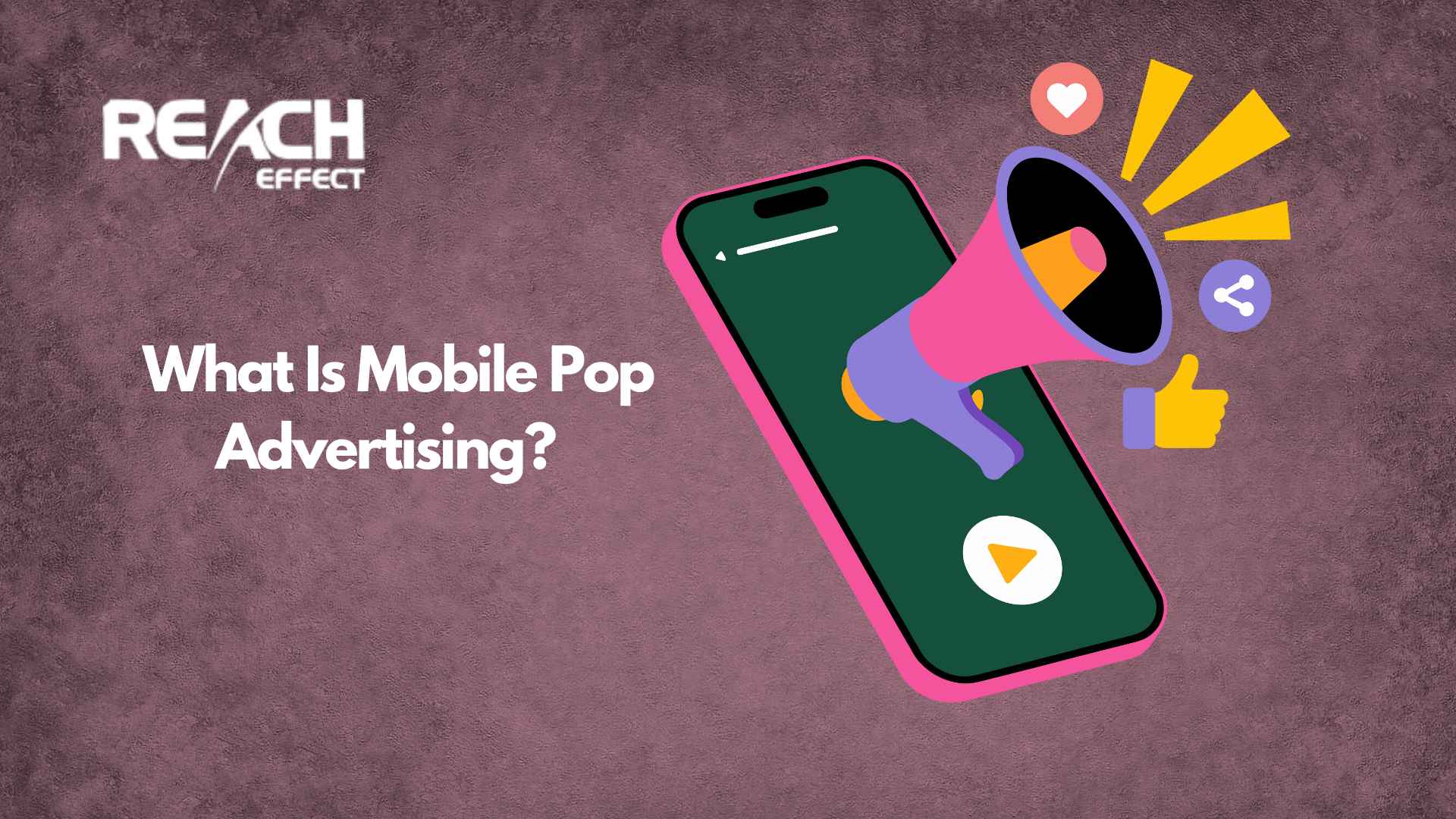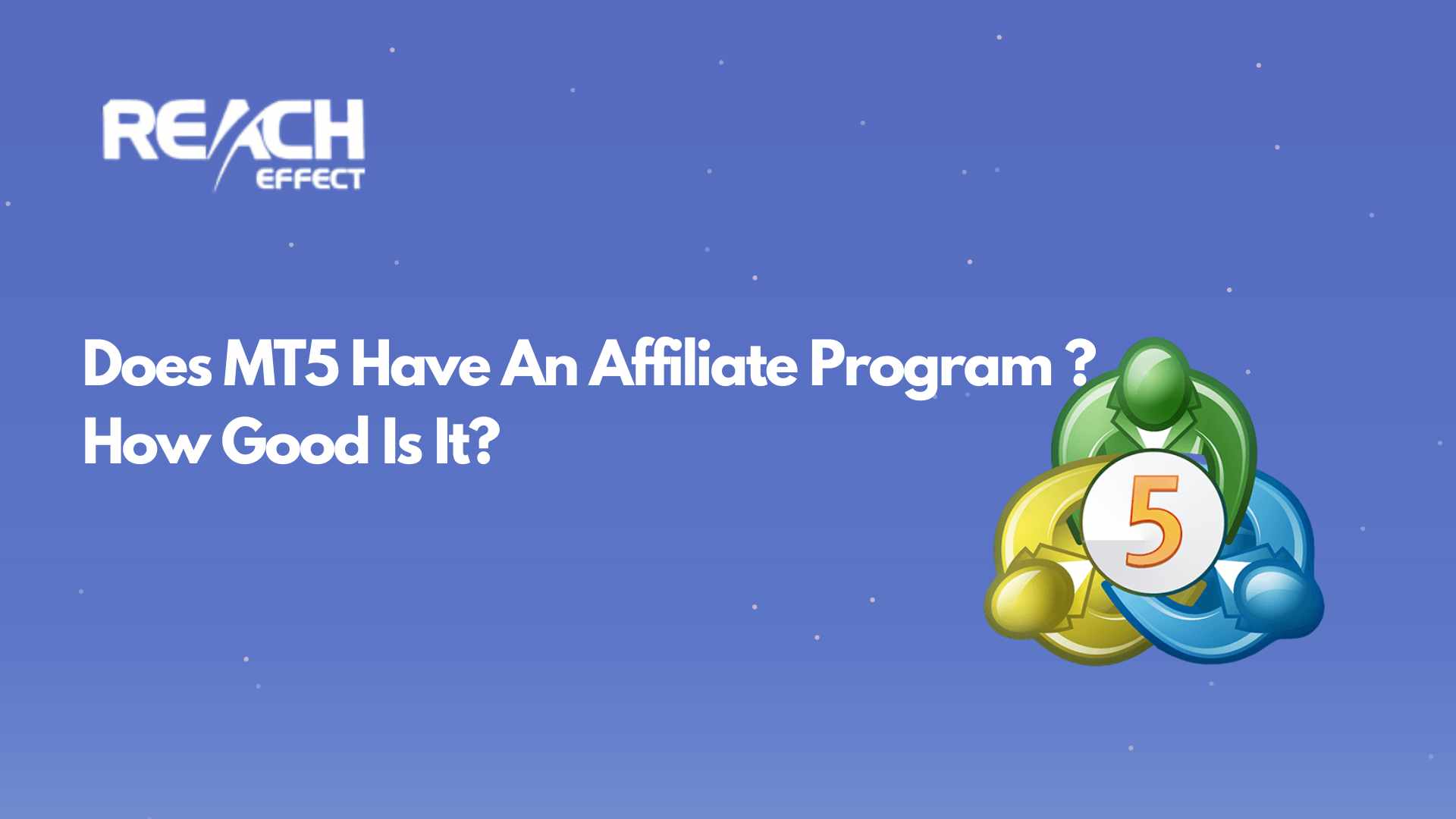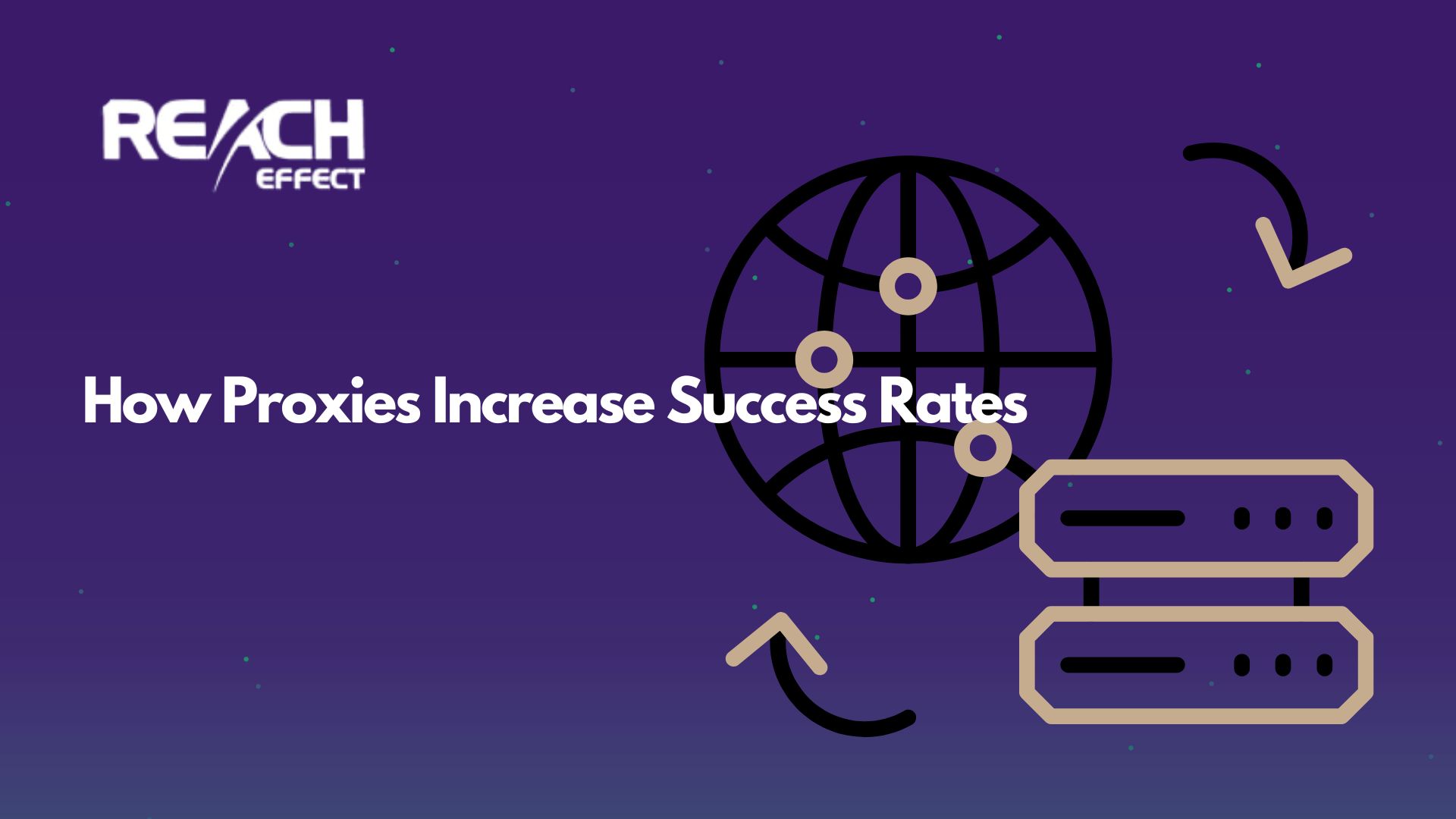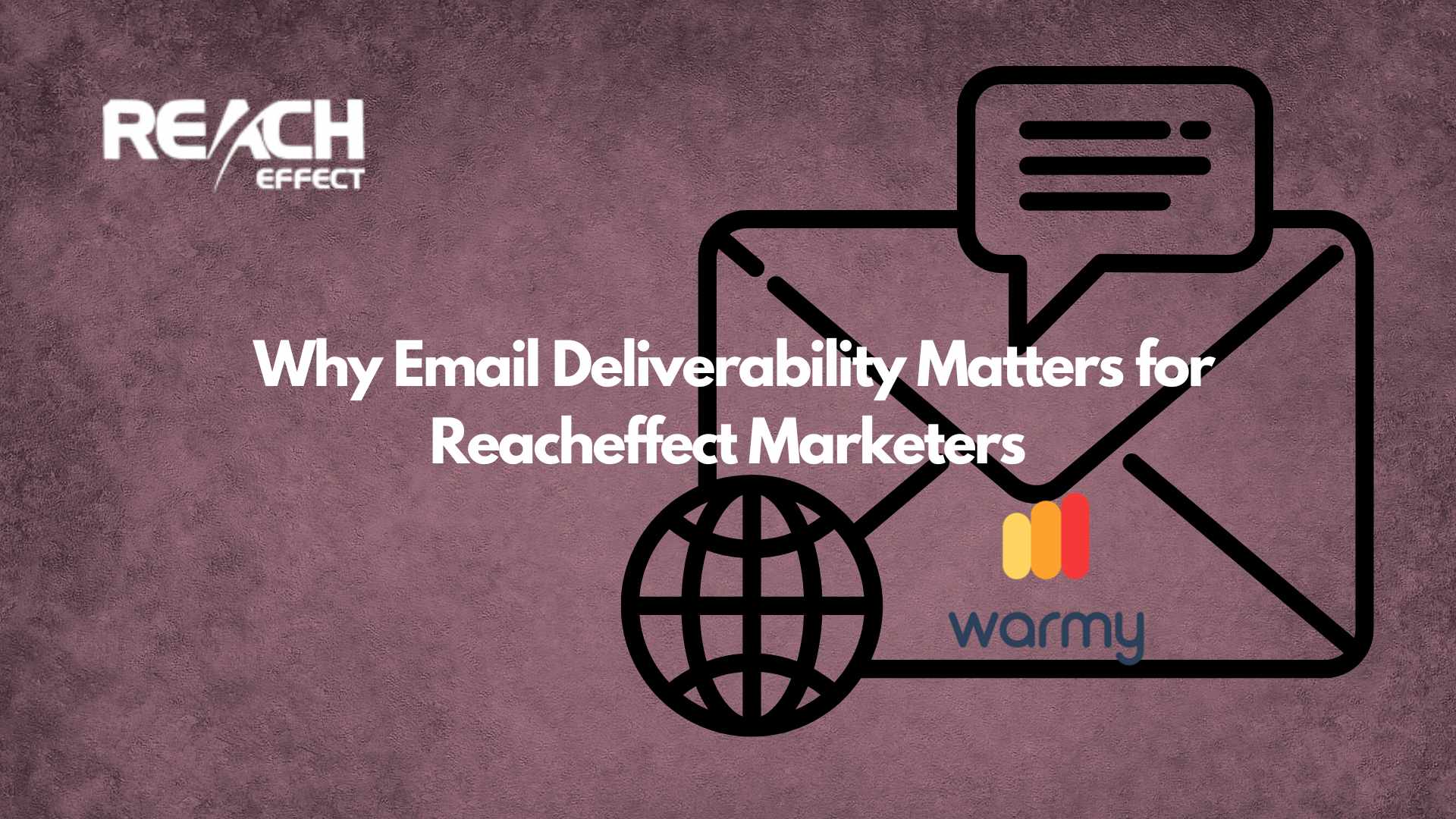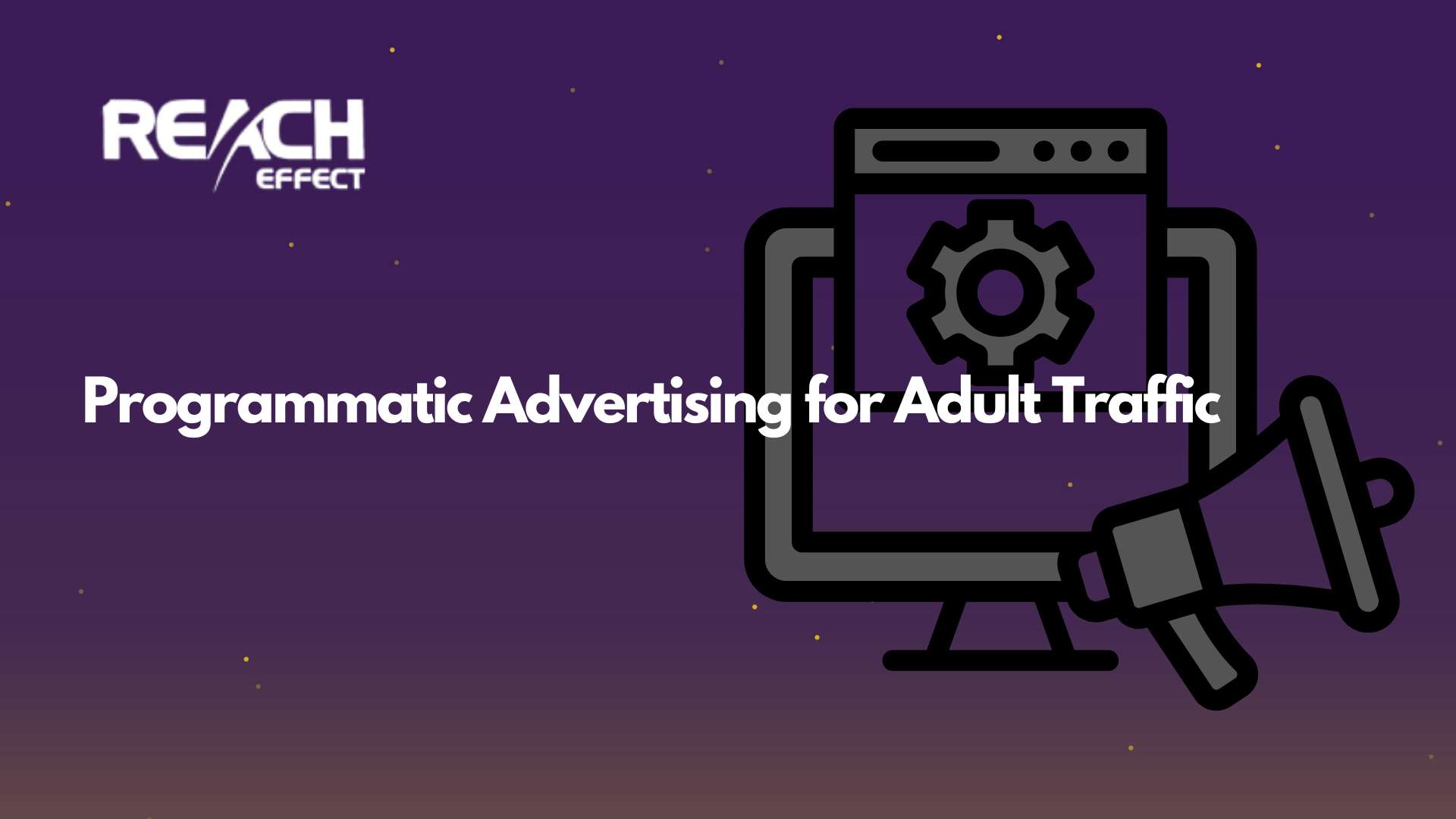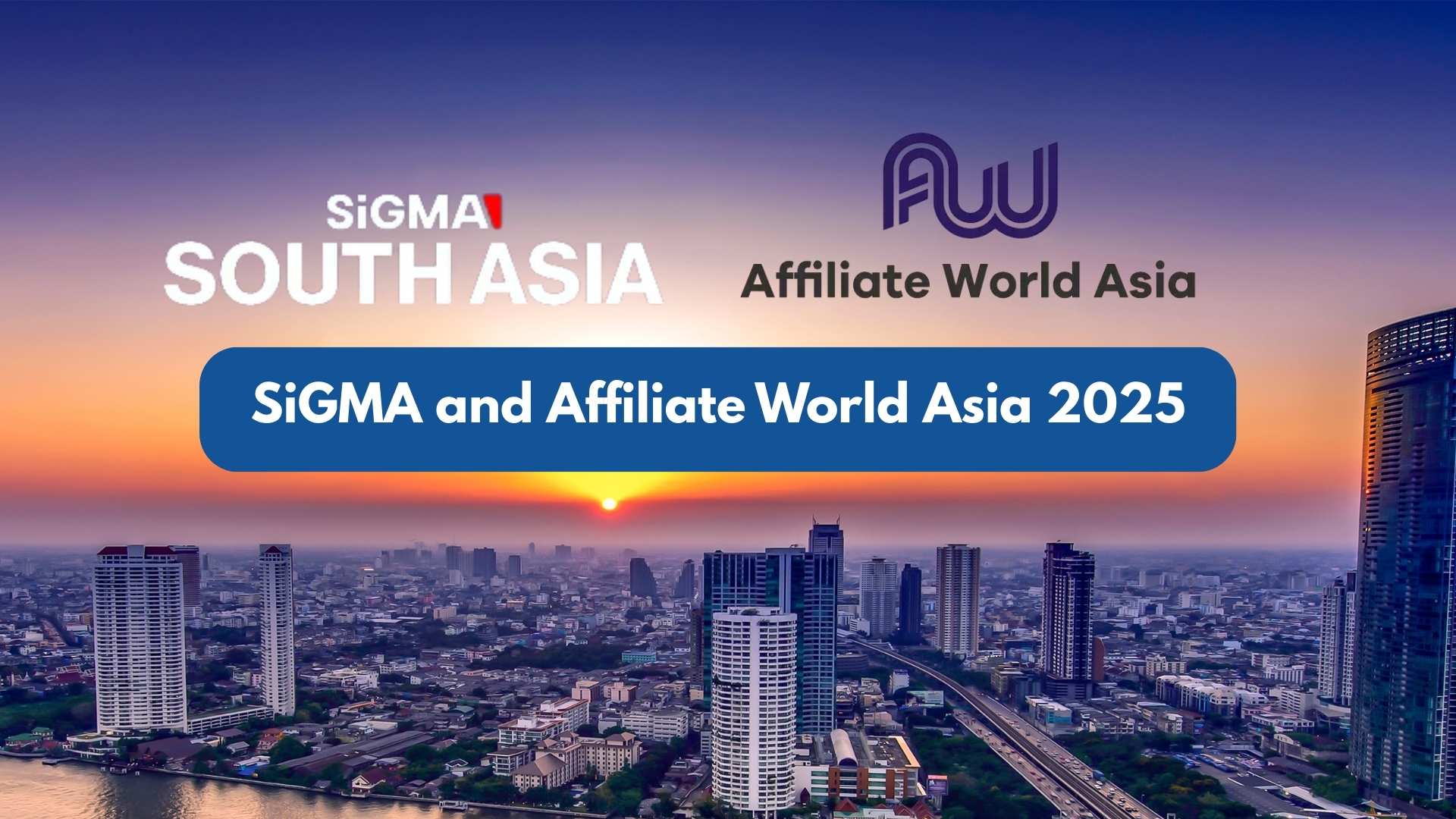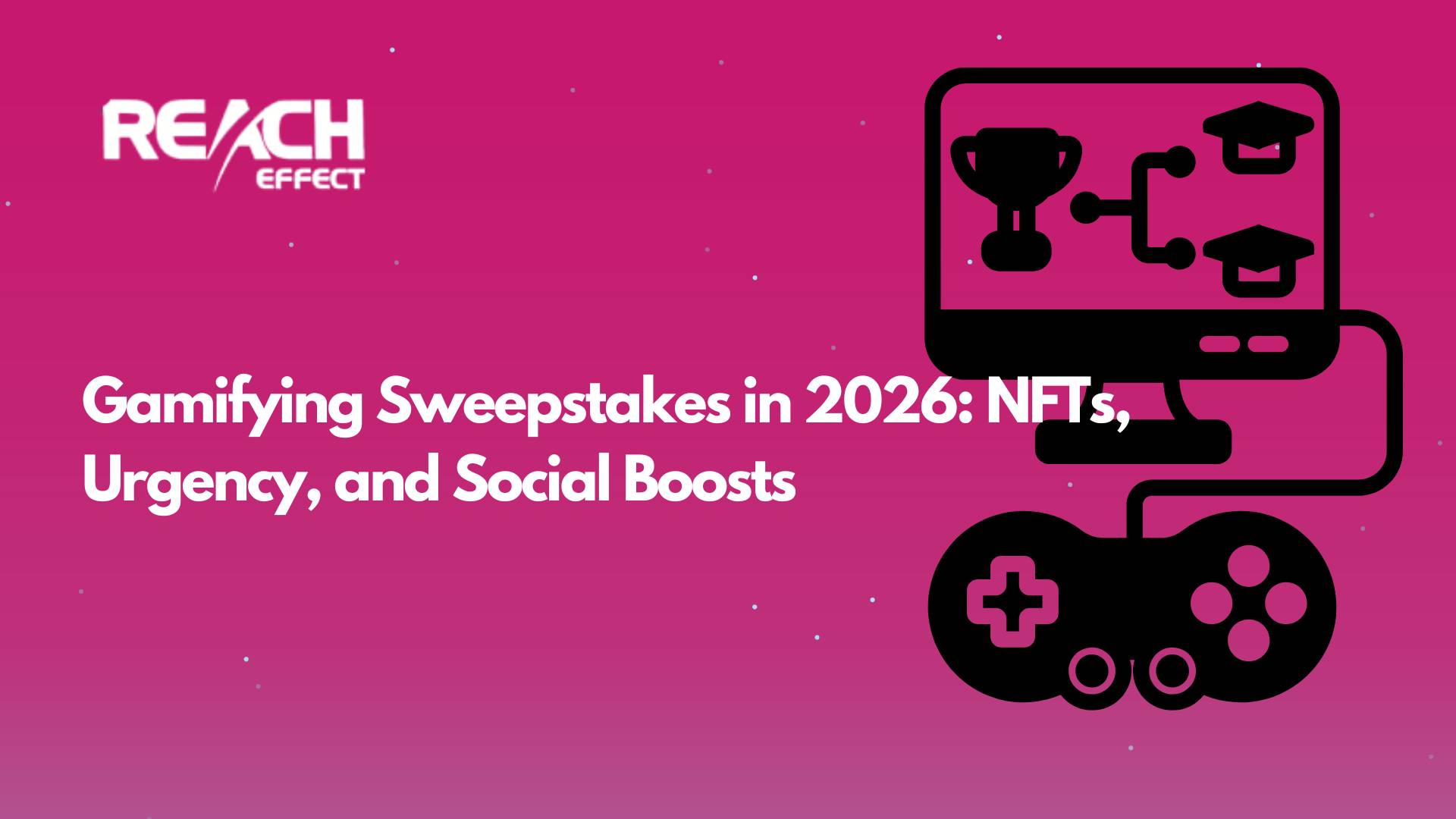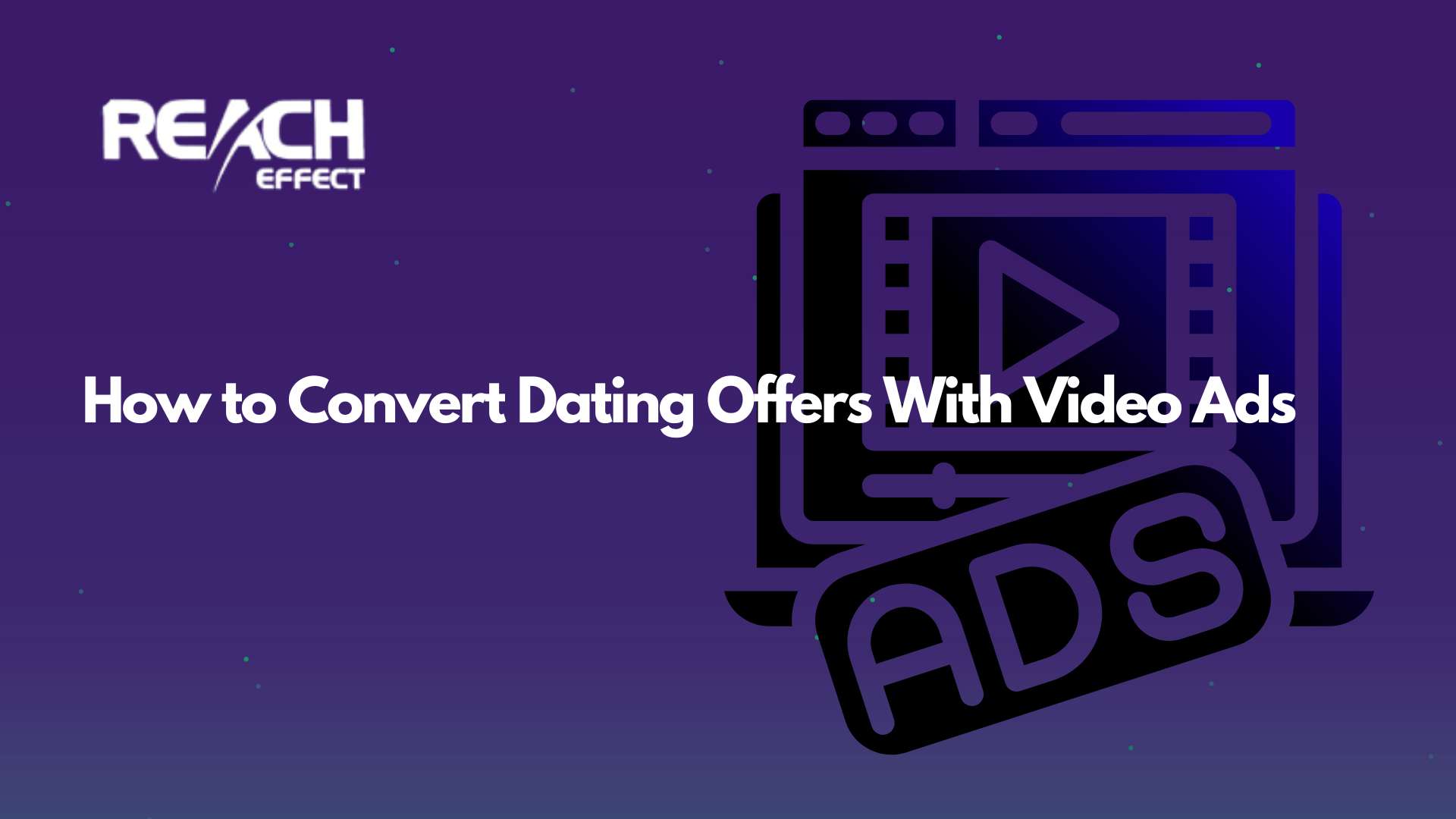I’ve spent years managing paid advertising campaigns, and there’s one question I hear more than any other: should I focus on finding the perfect audience or crafting the best ad copy? It’s a question that deserves a thoughtful answer because getting this wrong can drain your budget faster than you’d imagine.
Thank you for reading this post, don't forget to subscribe!The reality I’ve discovered is that both elements matter tremendously, but knowing when to prioritize each one makes all the difference. I’ve seen campaigns fail spectacularly because brilliant copy reached the wrong people. I’ve also watched perfectly targeted ads fall flat because the messaging didn’t connect.
Understanding this balance has become even more critical as advertising platforms evolve. With optimized targeting now ensuring your ads reach those who are more likely to engage and convert, the landscape has shifted. The question isn’t about choosing one over the other anymore. It’s about knowing when each element deserves your attention and how to make them work together.
What I’ve Learned About Modern Audience Targeting
Audience targeting has transformed dramatically since I started in digital advertising. What used to be simple demographic selection has evolved into sophisticated algorithmic modeling that identifies potential customers based on complex behavioral patterns.
When I build targeting strategies today, I focus on several key layers:
Demographic Foundations I always start with the basics: age, gender, income, education, and location. While this seems elementary, demographic data provides the framework for everything else. I wouldn’t show luxury watch ads to college students, just as I wouldn’t target budget travel services to ultra-wealthy demographics.
Behavioral Signals This is where things get interesting. I track what websites people visit, what products they browse, and what content engages them. These behavioral signals reveal intent that demographics alone can’t capture. Someone consistently reading fitness content and following health influencers is clearly interested in wellness, making them ideal for related products.
Interest-Based Categories Platforms like Google and Facebook categorize users based on long-term interests. I use these categories to find people who have demonstrated sustained interest in topics relevant to what I’m advertising.
Remarketing Strategies I always set up remarketing for people who’ve already interacted with a brand. These warm audiences convert at significantly higher rates than cold traffic. Someone who visited your website or added items to their cart is much more valuable than a completely new prospect.
The emergence of optimized targeting has changed my approach entirely. Platforms now use real-time conversion data to automatically expand reach beyond initial audience selections, finding new potential customers who share characteristics with the best converters.
Why Ad Copy Optimization Matters More Than You Think
I can have the most precise targeting in the world, but if my ad copy doesn’t resonate, people won’t take action. I’ve learned that no amount of targeting precision compensates for messaging that fails to connect.
When I optimize ad copy, I focus on several critical areas:
Matching the Customer Journey Someone discovering a brand for the first time needs different messaging than someone comparing products. I create top-of-funnel copy that educates and builds awareness, while my bottom-of-funnel copy addresses specific objections and drives conversion.
Creating Emotional Connections The data I’ve seen shows that emotional ad copy can increase conversion rates by 28%. People make purchasing decisions based on emotions and justify them with logic afterward. I always try to tap into desires, fears, aspirations, and pain points rather than just listing features.
Clarifying Value Propositions Within seconds, my ad needs to communicate what I’m offering, why it matters, and what makes it different. I’ve found that vague promises get scrolled past. Specific, benefit-focused copy that addresses real customer needs stops the scroll.
Testing Continuously The best ad copy I’ve created emerged from systematic testing. What works for one audience segment might completely fail with another. I test headlines, descriptions, calls to action, and even punctuation to discover what resonates most strongly.
When I Prioritize Audience Targeting First
Certain situations have taught me to focus primarily on refining audience targeting before worrying about ad copy optimization.
New Product Launches When I’m introducing something new, especially if it’s innovative, finding the right audience is paramount. I’m not just looking for people who might want the product. I’m looking for early adopters who embrace new solutions.
Niche Markets I’ve worked with companies selling highly specialized products where casting a wide net would waste money. When targeting is this specific, I need surgical precision to reach that small, focused audience.
High-Value B2B Sales For business-to-business campaigns with long sales cycles and high customer lifetime values, I need precise targeting. Reaching decision-makers at companies that fit the ideal customer profile matters more than having perfect ad copy. A decent ad shown to the right CEO beats a brilliant ad shown to someone without purchasing authority.
Limited Budget Situations When working with tight budgets, I can’t afford to waste impressions. I tighten targeting parameters to ensure every dollar reaches someone who could realistically become a customer.
Platform Learning Phases When launching new campaigns, especially with optimized targeting using real-time data like clicks and conversions, I prioritize getting that initial targeting data right. The algorithm learns from early conversions, so reaching convertible audiences quickly accelerates the learning phase.

When I Focus on Ad Copy Instead
Other scenarios have shown me that ad copy should be my primary focus while maintaining stable, proven targeting.
Mature Campaigns Once I’ve identified audiences that convert consistently, shifting focus to copy optimization unlocks significant performance gains. I know I’m reaching the right people, so now it’s about convincing more of them to take action.
Competitive Markets In crowded spaces where everyone targets the same audiences, ad copy becomes the differentiator. When multiple advertisers are fighting for the same attention, the message that resonates most strongly wins. This is where platforms like Reacheffect become valuable, helping reach audiences more effectively while refining messaging.
Declining Performance If campaigns that previously performed well start showing declining metrics with the same targeting, I know ad fatigue is likely the culprit. The audience has seen the ads too many times and stopped responding. Fresh copy breathes new life into tired campaigns.
Testing Value Propositions Sometimes I’m not sure which benefits resonate most with an audience. I might know who to target but need to discover whether they care more about price, quality, convenience, or something else. Copy testing reveals these insights.
My Strategic Approach to Balancing Both
I don’t choose between audience targeting and ad copy optimization. I strategically balance both based on campaign maturity, performance data, and objectives.
I start with solid targeting fundamentals. Before launching any campaign, I clearly define the ideal customer. What problems do they have? Where do they spend time online? What other products do they use? This foundation prevents wasted spend.
I launch with my best-guess copy based on customer research and competitive analysis. I don’t aim for perfection right away. I get something reasonable running so I can start gathering performance data.
I monitor early metrics closely. Within the first few days, I see signals about what’s working. Are people clicking? Are they converting? Which audience segments show the most promise? This data guides my optimization priorities.
If clicks are strong but conversions are weak, I investigate targeting. I might be attracting browsers rather than buyers. If clicks are weak across otherwise promising audiences, my copy needs work.
Once I identify winning audience segments, I shift focus to copy optimization. I test headlines, descriptions, offers, and calls to action systematically. Small improvements in copy can generate significant improvements in results when shown to the right people.
Advanced Strategies I Use for Maximum Impact
Taking campaigns to the next level requires sophisticated approaches that leverage both targeting precision and copy excellence.
Dynamic Creative Optimization I create multiple headline and description variations, then let platforms automatically combine them to find the highest-performing combinations for different audience segments. This recognizes that the same audience might respond differently to various messaging angles.
Audience-Specific Messaging Rather than using identical copy across all audience segments, I create tailored messaging for different groups. First-time visitors need different copy than returning customers. Different demographics respond to different appeals.
Sequential Messaging Campaigns I structure campaigns that show different messages based on where people are in their customer journey. Someone who viewed a product page but didn’t purchase might see an ad highlighting social proof. Someone who abandoned their cart might see an offer or urgency-based message.
Lookalike Audience Expansion Once I’ve identified best-converting audience segments, I create lookalike audiences that share similar characteristics. Then I test various copy approaches with these new segments to discover what resonates.
Common Mistakes I’ve Seen Kill Campaigns
Even experienced marketers make critical errors that undermine campaigns. I’ve learned to avoid these pitfalls.
Targeting Too Broadly Too Soon Many advertisers fear missing potential customers, so they cast impossibly wide nets. This burns budget quickly. I start narrow and expand gradually based on performance data.
Using Generic Copy Everywhere One-size-fits-all messaging rarely fits anyone perfectly. Generic copy fails to create the specific, relevant connection that drives conversions. I segment audiences and customize messaging accordingly.
Changing Too Many Variables Testing is crucial, but changing targeting and copy simultaneously makes it impossible to know what caused performance changes. I test methodically, changing one element at a time.
Neglecting Mobile Optimization Mobile devices account for the majority of ad impressions. Copy that works beautifully on desktop might be truncated on mobile. I always preview and optimize for mobile viewing.
Stopping Campaigns Too Early Advertising platforms need time to learn and optimize. Campaigns often perform poorly in their first few days before the algorithm finds its footing. I’ve learned that patience pays off.
Measuring What Actually Matters
I track several key metrics to understand whether my targeting, copy, or both need attention.
Click-Through Rate This reveals how compelling my ad copy is to the targeted audience. Low CTR typically indicates copy problems or targeting misalignment.
Conversion Rate The ultimate measure of campaign effectiveness. Conversion rate reveals whether my ads are reaching people who actually want what I’m selling and whether my copy is persuasive enough.
Cost Per Acquisition How much am I spending to acquire each customer? This helps me evaluate campaign profitability and compare the efficiency of different targeting and copy combinations.
Return on Ad Spend For every dollar invested in advertising, how much revenue is generated? Great creative optimization can double or triple ROAS without changing targeting or budget.
Quality Score Google rewards well-targeted, relevant ads with higher quality scores, which lower costs and improve ad positions. This reflects how well targeting, copy, and landing pages align with user intent.
How I Approach New Campaigns
When starting fresh campaigns, I follow a systematic approach:
Weeks 1-2: Foundation and Learning I launch campaigns with well-researched targeting and solid initial copy. My primary goal is gathering performance data. I don’t make major changes yet, just observe and analyze.
Weeks 3-4: Initial Optimization Based on early data, I identify best-performing audience segments and begin copy testing. I start with significant variations before testing smaller tweaks.
Month 2: Refinement and Scaling I double down on what’s working. I increase budgets on winning combinations of targeting and copy. I begin testing more subtle variations to squeeze out incremental gains.
Ongoing: Systematic Testing I establish a regular cadence of testing. I always have at least one active test running. I test methodically, document results, and apply learnings across campaigns.
Optimization is never truly finished. Market conditions change, competitors adjust, and audience preferences evolve. Continuous improvement is the price of sustained success.
Making Your Decision
If you’re launching new campaigns, I recommend prioritizing your targeting foundation. You can’t optimize copy effectively if you’re showing ads to the wrong people. Invest time in audience research, start with tighter rather than broader targeting, and ensure you’re reaching people who could realistically become customers.
Once you’ve validated that your targeting is reasonable and you’re seeing some conversions, even if they’re expensive, shift focus to copy optimization. Test different approaches systematically. Try emotional versus rational appeals. Test benefit-focused versus feature-focused copy. Experiment with different calls to action and offers.
As your campaigns mature, you’ll develop intuition for when each element needs attention. Declining performance with existing audiences signals copy fatigue. Strong engagement but weak conversions suggests targeting drift. Let your data guide your priorities.
Remember that audience targeting versus ad copy optimization isn’t really a competition. They’re partners in your advertising success. Master both, understand when to emphasize each, and your campaigns will consistently outperform competitors who neglect one in favor of the other.

